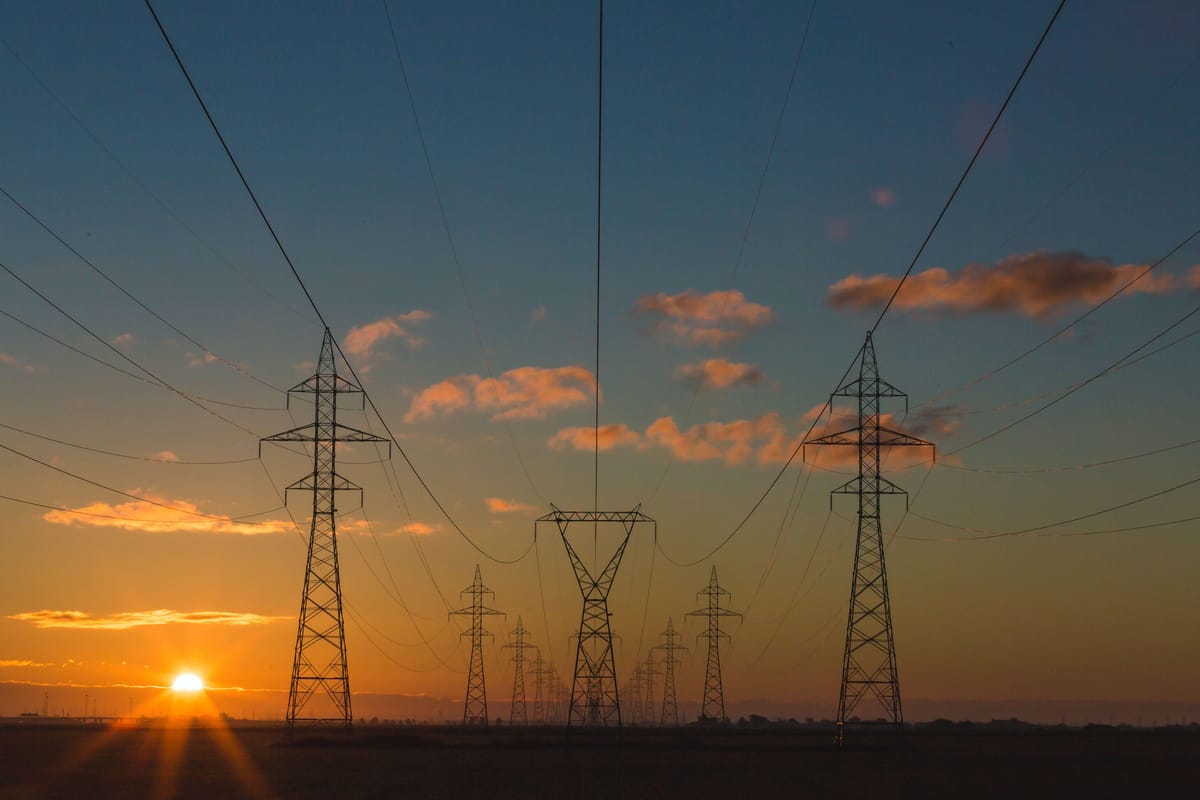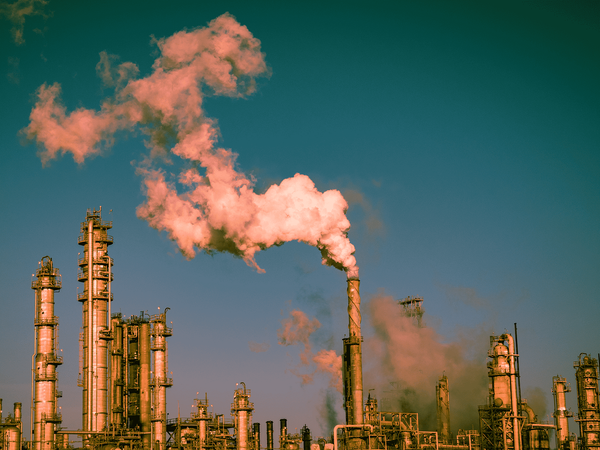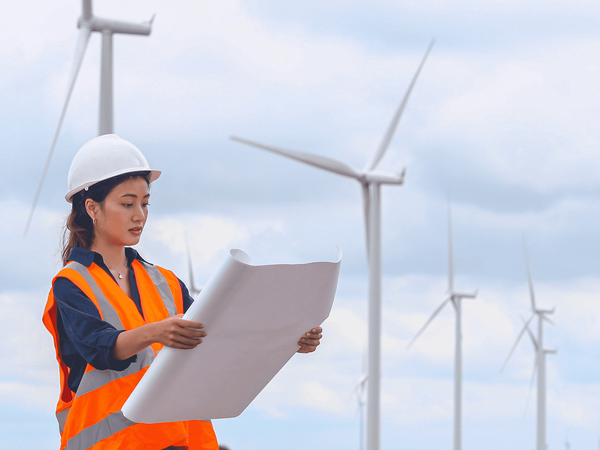From Trash to Treasure: Waste to Energy Plants powering homes

The world creates 2.01 billion tons of municipal solid garbage each year. With the world's population already crossing 7.7 billion, the waste will only go up unless they are sorted out and upscaled.
Waste to Energy (WtE) is a term for treatment systems that transform waste into power, heat, fuel, or other valuable commodities.
In the European Union (EU), only in 2018, overall energy production from industrial waste, renewable and non-renewable municipal solid waste was about 2.4% of the total energy supply. During 2020-2025, the global market for WtE technology is predicted to expand by 6.54%.
The WtE systems have been an empowerment to manage improper waste, which helps the supply chain by saving resources and by reducing greenhouse gas emissions.
To manage waste properly a variety of strategies are applied around the world among which the conversion of waste into energy has been one of the well-adopted strategies.
The process involves a high-efficiency garbage management system that uses waste to generate power. It's a well-established system and has frequently been explored to make it more effective and efficient since the beginning. Let’s look at some of the WtE plants around the globe.
Soc Son Waste Energy Plant, Vietnam
The Soc Son WtE facility, popularly known as Vietnam’s largest and world’s second-largest waste power plant, came into operation in January 2022. Garbage is burned after entering the incinerator to generate waste heat and ash at the furnace's bottom.
The ash is used as a raw material for building materials, while the heat will be transported to the generator turbine to generate power. The plant has a daily capacity of 4,000 tons of solid trash and 1,740 tons of wastewater and creates 75 MW of power per day.
The plant itself consumes 15-20% of that amount and sells the remaining to Vietnam Electricity Corporation (EVN), the country's sole electricity distributor.
Kwinana Plant, Australia
Located in Western Australia, the Kwinana plant is the country's first thermal utility that is being used to combust waste and generate electricity.
The construction of the plant started in 2018. Although it commenced at the end of 2021, the plant is still exploring innovative technology to burn more waste.
The plant diverts approximately 25% of Perth's post-recycling rubbish from landfill sites-- about 400,000 tonnes of municipal waste and powers approximately 50,000 households in Perth while offsetting up to 400,000 tonnes of CO2 emissions a year.
The technology used is called Keppel Seghers grate, in which heat is used to combust the waste, and water cooling technology is used to cool down the system. The heated steam from the kiln moves the turbine to produce electricity.
Vartan Power Plant, Sweden
Vartan CHP8 Power Plant is a Swedish power plant that commenced in 2016 in Vartan, Stockholm. It has a 130 MWe design capacity and is the world's biggest urban biofuel combined heat and power (CHP) plant.
The plant generates energy and district heating by burning CO2-neutral bio-refuse from the wood industry, which is sourced locally and delivered directly to the facility. It consumes about 12000 m3 of wood chips per day, providing district heating and electricity to nearly 200 000 households—i.e 80% of Stockholm's houses.
The project is based on a holistic, sustainable strategy to decrease the city's CO2 footprint, including the responsibility of individual buildings through the provision of district heating. This plant will reduce CO2 emissions in Europe by 650,000 tons per year. To enhance capacity, a new dock was erected on site, allowing larger vessels to supply the plant with waste materials from the Baltic region's sustainable forestry industry.
Amager Bakke, Denmark
Amager Bakke is a cutting-edge incinerator in Copenhagen, completed in 2016. It produces 20% more heat and power per tonne of garbage burnt than the 40-year-old incinerator it replaced, emits less smoke, and reduces air pollution by more than 50% per tonne of treated waste.
The plant makes use of Babcock & Wilcox Vlund's DynaGrate advanced combustor grate. In the event of a garbage scarcity, the facility may also burn biomass, which produces carbon-neutral electricity and heat while still being cost-effective.
The new incineration plant has a total capacity of 560,000 tonnes of garbage per year, which is handled by two furnace lines, each with a capacity of 30-35 tonnes per hour. The plant burns trash collected from 500,000 to 700,000 people and 46,000 businesses.
Lincolnshire Waste to Energy, UK
In 2013, the £125 million facility, Lincolnshire WtE plant, run by FCC Environment began processing the county's waste. It has since exceeded expectations, converting garbage into renewable energy that can power 29,000 households.
It also generates approximately 215,000 tonnes of incinerator bottom ash, which is utilized in road construction. The facility can generate 11 MW of net power for grid export.
The waste is delivered to five transfer stations in Boston, Gainsborough, Grantham, Louth, and Sleaford using 10- and 25-tonne pickup vans from the surrounding Lincoln region.
The facility mostly handles residual household waste and a little amount of commercial waste.
Laogang Renewable Resource Recycling Center, China
Located in Shanghai, China, the incinerator power plant is the world's largest of its kind, with the capacity to process 2.7 million tonnes of garbage per year. It started operation in 1989 but has gone through multiple expansions and development since then.
It is a modern incineration plant of the Laogang solid waste base, equipped with mechanical grate furnace incineration lines and three sets of 50 MW Condensing Steam turbine generator units.
The plant can produce up to 1.5 billion kWh of electricity, with the slag from the burned garbage being converted into building materials. The incinerator facility is part of the 29.5-square-kilometer Laogang solid waste complex.
Solid Waste Authority of Palm Beach County, USA
The solid waste authority has multiple plants that generate energy by burning wastes. Starting operation in 1989, the first plant combusts 800,000 tons of post-recycled municipal solid wastes each year.
The second plant was built in 2015 and is considered the cleanest and greenest waste-to-energy plant. This second facility uses mass burn technology, in which a huge amount of post-recycled municipal solid waste is unloaded directly into the pit and fed into the boilers by grapples that can hold tons of garbage.
The waste is burned to generate steam to power the generator to produce electricity. The boiler can combust 1 million tons of solid waste each year.
Carbon powder is used to remove mercury and volatile organic compound, and uses ammonia to turn NOx into nitrogen and water. Both facilities combined power their 8 buildings and 74,000 homes.
Shenzhen Energy Ring, China
The Shenzhen Energy Ring was expected to be completed in 2019 but is still under innovation to improve its efficiency and is anticipated to open this year.
The goal of this project is to create a waste-to-energy plant that is simple, clean, iconic, and a well-deserved symbol of forward-thinking. As calculated every year, energy Ring will incinerate 5,000 tons of garbage, generating 600 million kWh.
The plant would use the most advanced technological trash incineration techniques to encounter the 15,000 tons of waste that Shenzhen's 20 million inhabitants produce each day, while also serving as a source of education for the city's inhabitants.
The footprint of the plant is regulated and the quantity of excavation necessary to build on the site is reduced by proposing a clean circular form. This form of the incineration plant stops gases from being emitted into the atmosphere directly.
By 2035, the recycling and re-using of municipal waste in EU households are expected to reach at least 65% from 50% in 2020. To meet the demand of such ambitious targets, WtE works as a fundamental strength that can turn solid waste materials, such as paper and plastic into energy.
This offers both environmental and energy benefits by successfully reducing secondary pollutants from household waste and improving the living environment.
Summary
- Waste to Energy (WtE) plants transform waste into power, heat, fuel, or other valuable commodities
- Between 2020-2025, the global market for WtE technology is predicted to expand by 6.54%
- Many WtE plants are effectively turning municipal waste into electricity and heat, and serving thousands of homes



